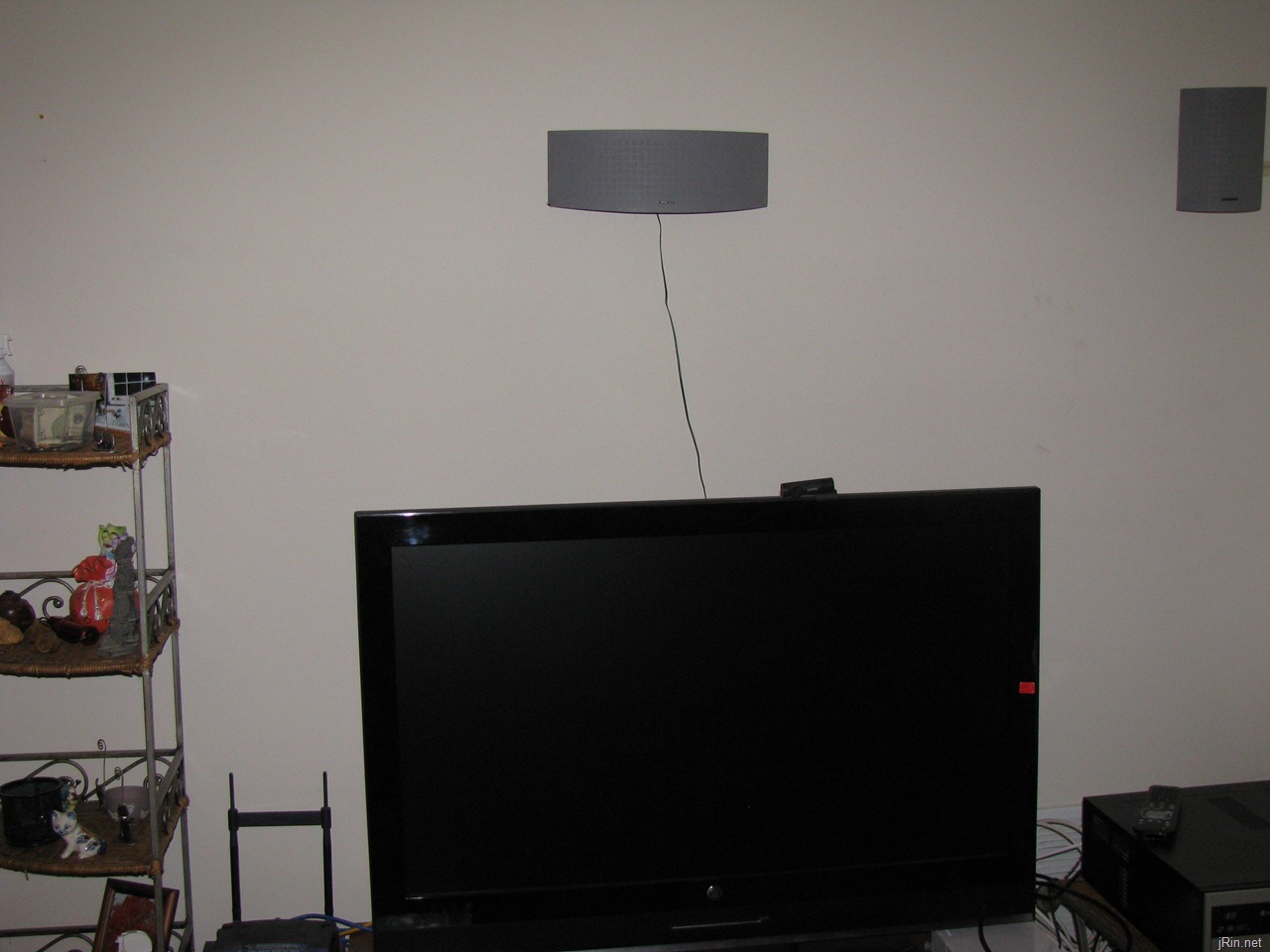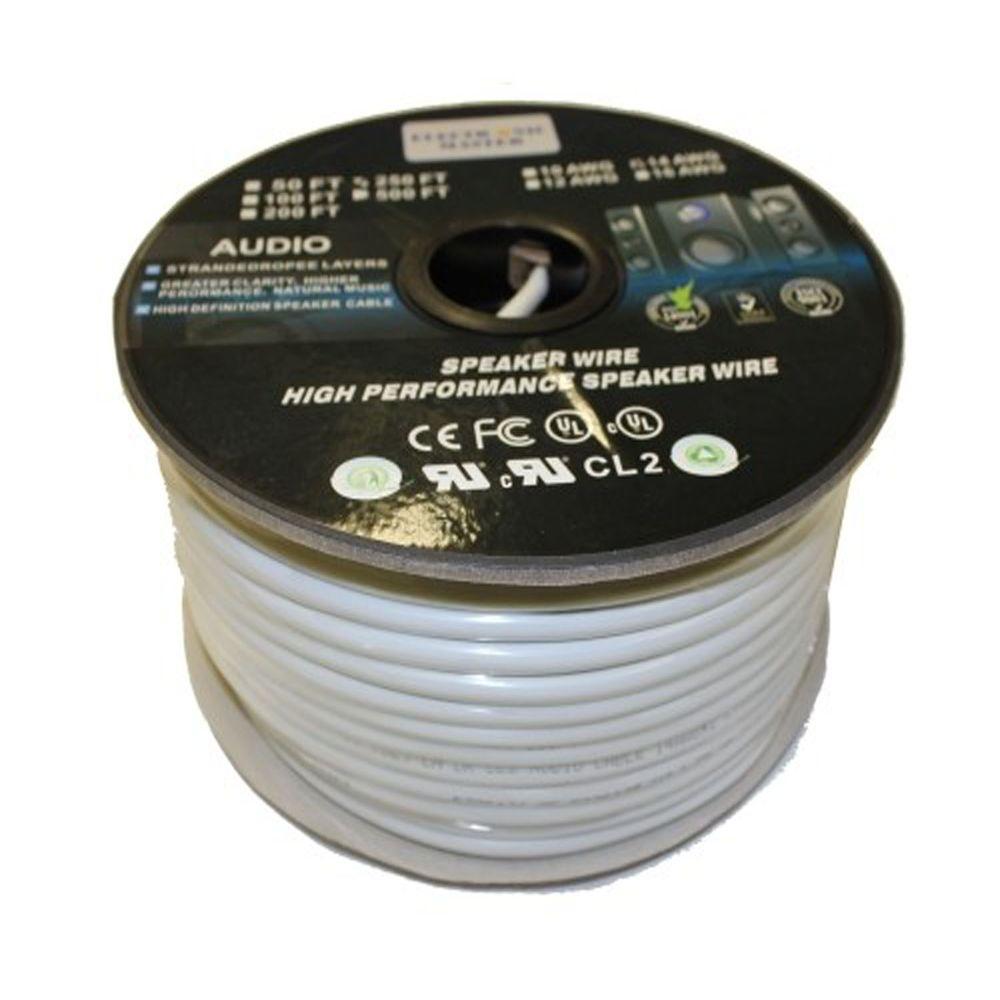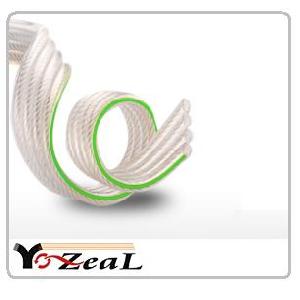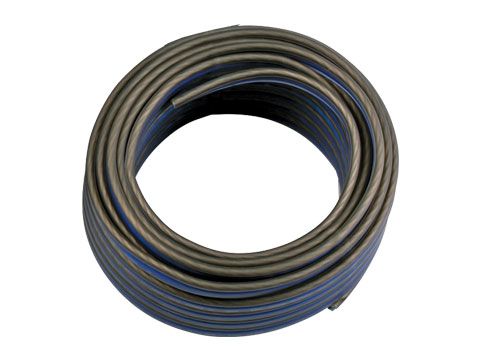
It offers just slightly better electrical conductivity - 1.59×10 -8 ΩM - so you might get away with a thinner wire.
Silver: Silver might be advertised as the “premier” material for serious audiophiles. For reference, aluminum’s electrical resistivity is 2.65×10 -8 ohm meters (ΩM), with copper offering 1.68×10 -8 ΩM. Copper-clad aluminum: Aluminum also offers decent electrical resistivity, but it still relies on a thin copper layer to improve performance. Some other types of wire cores you might see include: Copper is popular because it offers very low electrical resistivity in a widely available and cost-effective material. You’ll find a few different types of materials available, but the most common by far is stranded copper, which bundles multiple pure copper wires together. To determine your length, measure the distance from the amp to the speaker and add an extra 5 feet on each end to give the cable some slack. Resistance can significantly increase with length, so it’s best to move up to 12 or 14 AWG if needed. If you’re working with longer runs, such as outdoor setups or event spaces, you’ll want to start increasing the gauge as you use more than 50 feet of wire. For most typical home theater setups, you probably won’t need enough cable to make much of a difference and can use the sizes listed above. The longer the signal has to travel, the more opportunity there is for electrical resistance. Long wire runs will also contribute to the necessary gauge size. 8 ohms: Eighteen- or 16-gauge speaker wire is usually suitable for these speakers, but if you’re working with a longer run, like 50 or 75 feet, consider bumping your wire up to 12 or 14 AWG. 6 ohms: Opt for 16-gauge speaker wire. These speakers pull a lot of power, so you’ll need a thicker wire.  4 ohms or fewer: Fourteen- or 12-gauge speaker wire is a good place to start. Assuming a moderate cable length, here are some rules of thumb for sizing your speaker wire according to impedance: Your speaker system’s impedance will influence how much power it will use. The most important factors in selecting your speaker wire gauge are impedance and length, but wire material can also affect its performance to some degree.
4 ohms or fewer: Fourteen- or 12-gauge speaker wire is a good place to start. Assuming a moderate cable length, here are some rules of thumb for sizing your speaker wire according to impedance: Your speaker system’s impedance will influence how much power it will use. The most important factors in selecting your speaker wire gauge are impedance and length, but wire material can also affect its performance to some degree. 
Factors in Selecting a Speaker Wire Gauge Overall, you’ll need a gauge thick enough for sufficient electrical flow and a good signal, but not so thick that it’s too bulky to use or cost-prohibitive. Thick wire is necessary for longer lengths, high-power applications and low-impedance speakers. Certain factors will increase electrical resistance and require larger wires. While wire gauge is a big component, electrical resistance depends on the relationship between it and other factors like length and material. This is a key factor in speaker wire, as greater electrical resistance interrupts the flow of the signal and results in poorer sound quality. Thicker wires have more space for the current to flow, which reduces electrical resistance. They may, however, be necessary in some applications to improve the signal.

Larger gauges add cost and, of course, size, so they might be too bulky to conveniently tuck behind an entertainment center or flex around a corner. Common speaker wires are 12, 14, 16 and 18 AWG, but larger sizes are available. The lower the number, the thicker the wire. Speaker wire in North America typically uses the American Wire Gauge (AWG) system. To get the best sound for the right price, you’ll need to know a few basics about choosing the right speaker wire gauge. Still, some basic features to consider, like size and length, are necessary for a strong signal.

You might see some marketing hype around speaker wires, promising better sound for flashy materials, but a lot of it is unnecessary. Speaker wire is made of two conductors surrounded by insulation, with one conductor each running to the positive and negative connectors on the amp and speaker. To link up your amplifier and speaker, you’ll need speaker wire, which comes in several different sizes and styles so that you can select the right one for your stereo setup. Unlike many electronics, speakers don’t come with everything you need to hook them up.








 0 kommentar(er)
0 kommentar(er)
